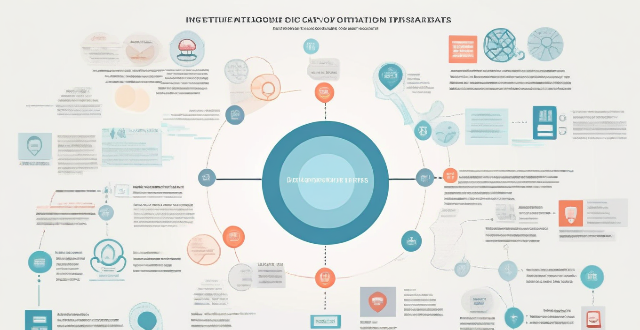Educational institutions can use data analytics to improve student outcomes by identifying areas of focus such as performance tracking, curriculum analysis, and student engagement. Implementing data-driven strategies like personalized learning, predictive analytics, and resource allocation can further enhance student success. Continuous evaluation and collaboration are key to measuring success and making necessary adjustments.

How Educational Institutions Can Use Data Analytics to Improve Student Outcomes
Introduction
Educational institutions are increasingly recognizing the potential of data analytics to enhance student outcomes. By leveraging the power of data, schools and universities can tailor their teaching strategies, improve student engagement, and boost overall performance. Here's a detailed look at how educational institutions can harness data analytics for better results:
Identifying Areas of Focus
1. Performance Tracking
- Monitor Progress: Institutions can track students' progress over time using various metrics such as grades, attendance, and participation.
- Early Intervention: Identify students who may be struggling early on and provide targeted support to help them succeed.
2. Curriculum Analysis
- Course Optimization: Analyze which courses or course components are most effective in promoting learning.
- Content Relevance: Ensure that the curriculum is up-to-date and relevant to current industry needs and trends.
3. Student Engagement
- Interactive Learning: Measure the impact of interactive sessions and adapt teaching methods accordingly.
- Feedback Loops: Regularly collect feedback from students to understand their needs and preferences better.
Implementing Data-Driven Strategies
4. Personalized Learning
- Adaptive Learning Systems: Use algorithms to adjust the pace and content of learning based on individual student performance.
- Customized Assignments: Assign workloads tailored to each student's abilities and progress.
5. Predictive Analytics
- Grade Prediction: Forecast student performance based on historical data and behavioral patterns.
- Attrition Rates: Predict which students might drop out and develop strategies to retain them.
6. Resource Allocation
- Efficient Use of Resources: Allocate resources like tutoring services and lab equipment where they are needed most.
- Budget Planning: Make informed decisions about budget allocations based on data-driven insights.
Measuring Success and Iterating
7. Continuous Evaluation
- Real-Time Feedback: Utilize real-time analytics tools to get immediate feedback on instructional effectiveness.
- Periodic Reviews: Conduct regular reviews of data analytics practices to ensure continuous improvement.
8. Transparency and Collaboration
- Open Communication: Share data findings with teachers, administrators, and even students to foster a culture of transparency.
- Collaborative Decision Making: Involve all stakeholders in decision-making processes informed by data analytics.
Conclusion
By embracing data analytics, educational institutions can make informed decisions that directly impact student success. From personalizing learning experiences to predicting academic outcomes, data offers a way to fine-tune educational practices for the benefit of all students. It’s an ongoing process that requires commitment but promises significant rewards in terms of improved student outcomes and institutional effectiveness.